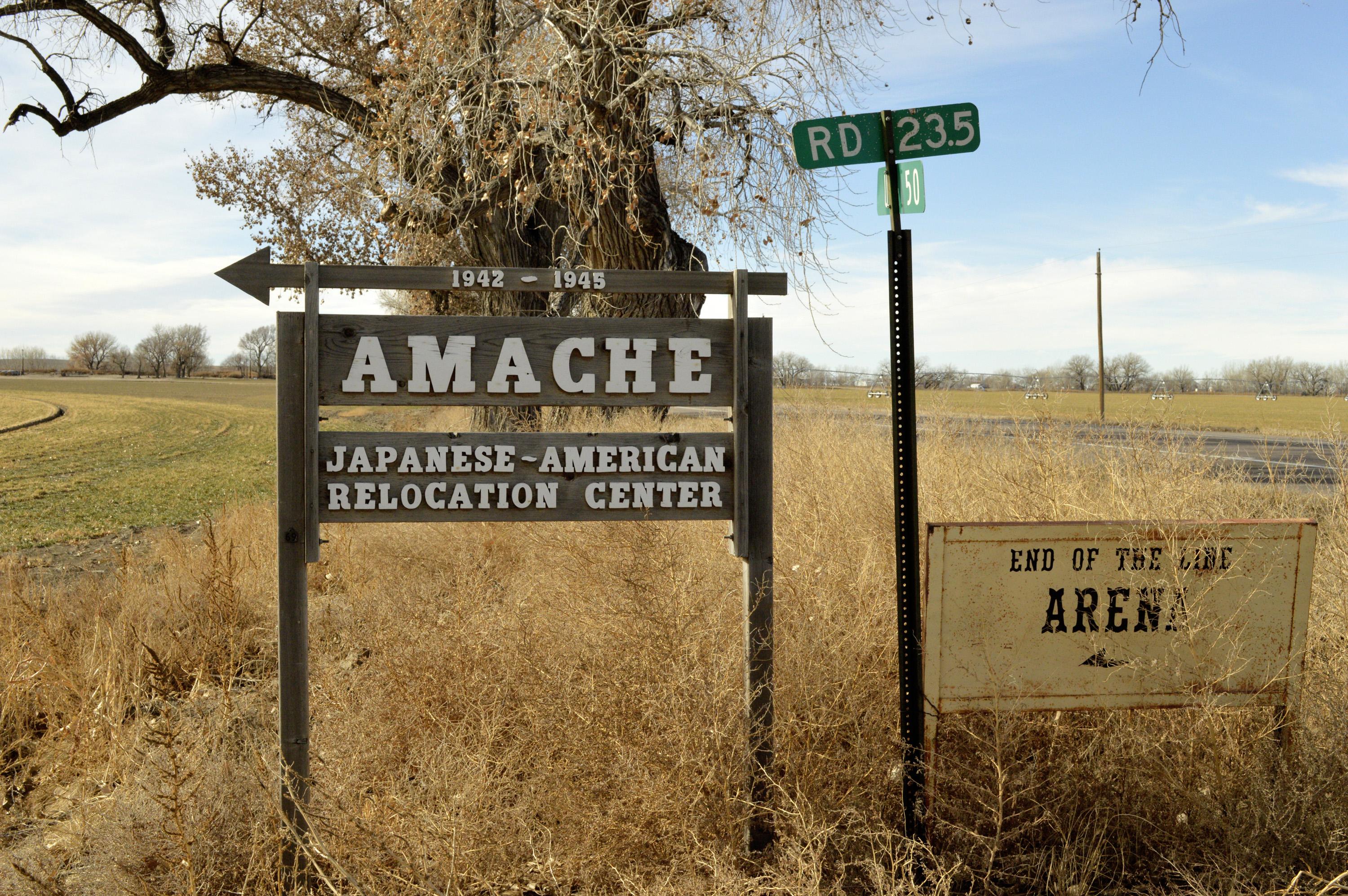
A University of Denver team is using drone images to create a 3D reconstruction of a World War II-era Japanese internment camp in southern Colorado, joining a growing movement to restore U.S. historical site linked to people of color.
Researchers last week dispatched the drone from the Switzerland-based company senseFly as part of a mapping project to help future restoration work at Camp Amache in Granada, Colorado.
The senseFly eBee X drone flew over the 1-square-mile site and took more than 4,000 images as part of a project to document where barracks, schools and other buildings once stood, said Adam Zylka, the senseFly pilot who flew the drone.
Currently, the site only contains concrete foundations, artifacts, a handful of restored buildings and a cemetery of internees who died at the camp.
But Zylka said researchers can use the information gathered by the drone to create virtual reality and augmented reality apps so that visitors can experience what life was like at the internment camp with almost precisely reconstructed images.
“This is a game changer,” Jim Casey, geographic information system specialist with the University of Denver who has been working to create digital maps of Amache. “You could be standing at the site, looking at nothing for sagebrush and weeds. Then, you can point your smartphone at the view and see what was once there.”
Casey said people who cannot go to the isolated location around 230 miles southeast of Denver will be able to visit the site virtually after researchers process the new drone data.
From 1942 to 1945, more than 7,000 Japanese-Americans and Japanese immigrants were forcibly relocated to Camp Amache. They were among the more than 110,000 Japanese-Americans ordered to camps in California, Colorado, Idaho, Arizona, Wyoming, Utah, Arkansas, New Mexico and other sites.
Executive Order 9066, signed by President Franklin D. Roosevelt, forced Japanese-Americans, regardless of loyalty or citizenship, to leave the West Coast and other areas for the camps surrounded by barbed wire and military police. Half of those detainees were children.
At Amache, internees lived in an area next to poor Mexican-American farm workers. They produced a newspaper, tried farming and formed football and baseball teams.
Casey said the recreation of the camp is important for the U.S. to come to terms with this dark period in history.
“Children and grandchildren of internees also are trying to learn about what their parents went through,” he said. “That’s because they rarely talked about it.”
The Amache drone project is the latest example of preservation advocates working to save and restore historical sites connected to black, Latino and Asian American history.
A digital project headed up by Brown University professor Monica Martinez seeks to locate sites connected to racial violence along the Texas border with Mexico. Some of the sites she and other researchers have identified have resulted in historic markers documenting acts of violence against Mexican Americans from 1900 to 1930.
Advocates also are working to restore the birthplace of civil rights leader Dolores Huerta in Dawson, New Mexico. The old mining community in northern New Mexico is now a ghost town and there is no marker commemorating Huerta’s connection to the area.
Read More: Amache Has A Shot At National Parkhood As Congress Renews Lapsed Public Lands Fund








